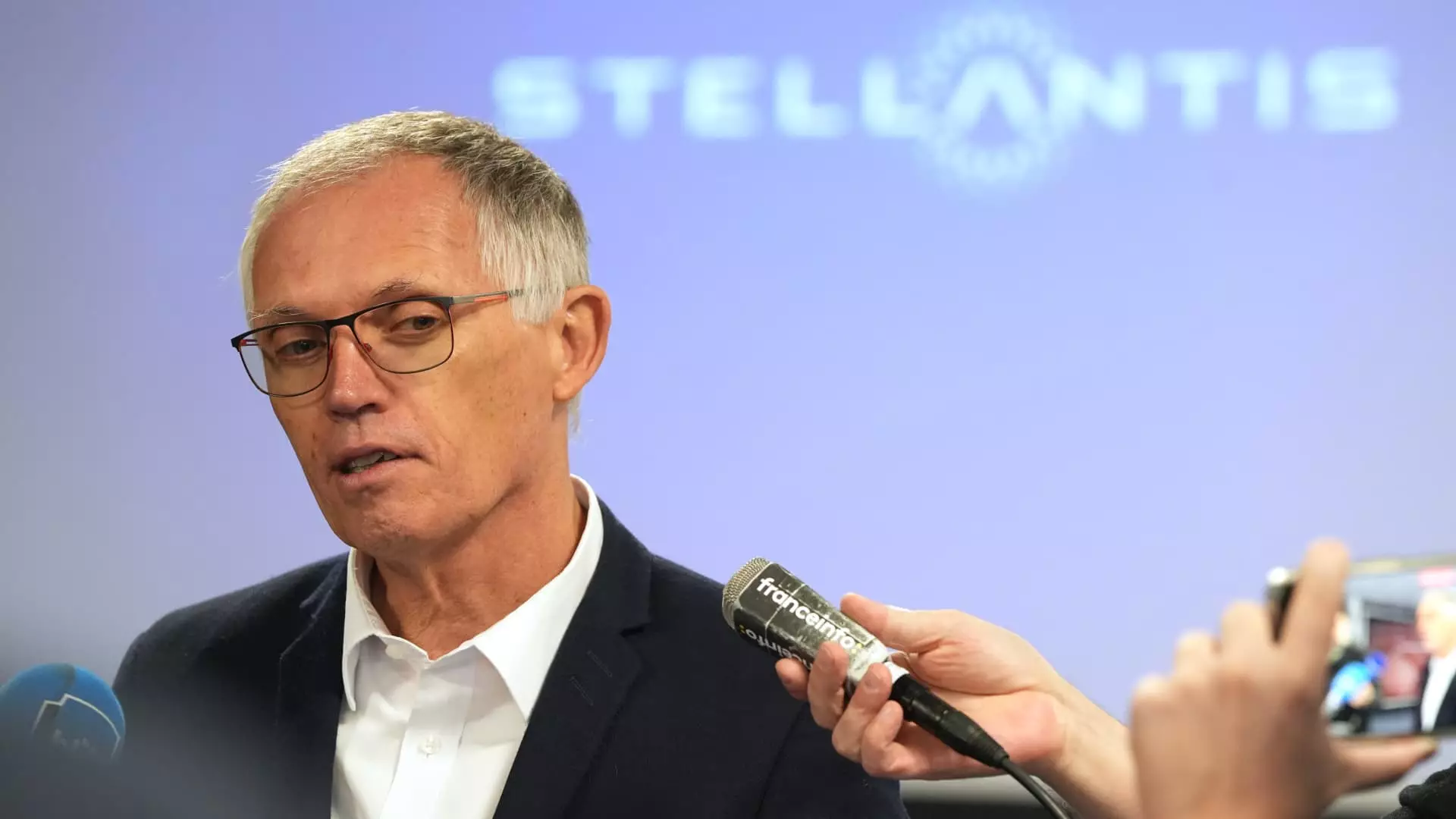In a significant development that adds another layer to the ongoing strife between auto manufacturers and labor unions, Stellantis has embarked on a legal journey against the United Auto Workers (UAW). This move signifies escalating tensions, not only between the union and the transatlantic automotive giant but also highlights the broader labor landscape in the industry.
Stellantis, the automotive powerhouse formed by the merger of Fiat Chrysler Automobiles and PSA Group, has filed a lawsuit against the UAW and a local California chapter tied to the Stellantis Parts Distribution Center in Los Angeles. The lawsuit stems from a recent strike authorization vote, wherein a supermajority of UAW members voted in favor of striking if negotiations between the union and the company break down. In an internal communication, Stellantis senior vice president of North America human resources, Tobin Williams, emphasized that the lawsuit aims to hold the union accountable for any lost revenue and production that might result from what Stellantis claims could be an unlawful strike.
The implications of this legal action are profound. By framing the strike authorization as a breach of contract, Stellantis is sending a clear message: it is willing to protect its financial interests through litigation. The lawsuit illuminates the company’s perspective that the union’s actions are unjustifiable and harmful, painting the picture of a company struggling to maintain operational integrity amidst external pressures.
In response to Stellantis’ lawsuit, UAW President Shawn Fain characterized the legal action as an expression of desperation from company executives who find themselves losing grip on a situation ripe with conflict. In a vehement communication to union leaders, Fain asserted that Stellantis’ threats are attempts to intimidate union members, thereby undermining their legal right to strike. He suggested that such tactics are indicative of a broader trend among corporations to quell organized labor in moments of uncertainty.
Fain’s rhetoric taps into a larger narrative within the labor movement—a cycle of pushback against corporate legality frameworks that workers see as fundamentally stacked against them. The union maintains that Stellantis has breached contractual obligations that were agreed upon in negotiations late last year, especially in light of layoffs and production cuts that have created a climate of distrust.
At the heart of the dispute between Stellantis and the UAW lies a complex web of contractual obligations, market conditions, and corporate discretion. Stellantis cites a specific clause known as “Letter 311,” which allows the company certain leeways to adjust investments and operations based on shifting market variables. This defense highlights the challenges faced by automakers amidst global supply chain issues, competition, and the race towards electrification in the automotive sector.
Contrarily, the UAW contends that Stellantis’ justification for its actions amounts to a disregard for the contractual agreements that were put in place to ensure job security and fair working conditions. The friction illustrates a deeper, systemic issue in the auto industry: a longstanding adversarial relationship between companies and unions, poised at the intersection of profitability and labor rights.
As tensions peaked, Fain organized a rally in suburban Detroit, underscoring a collective resolve among UAW members to advocate for their rights. In a fiery address, he warned Stellantis that failing to honor their commitments would provoke a strike— one that could severely affect the company’s operations. The rally epitomized the UAW’s commitment to its members while also showcasing the power of collective action in driving negotiations forward.
Such public demonstrations signal not only a fight for immediate labor concerns but also a larger struggle for dignity and respect in the workplace—a vital narrative in contemporary labor movements.
As Stellantis and the UAW gear up for what could potentially escalate into a protracted legal and labor battle, the outcome remains uncertain. Both sides appear steadfast in their positions, with the automaker prepared to litigate while the union stands firm on its right to protest against what it perceives as corporate malfeasance.
Ultimately, this conflict is not merely a legal skirmish; it represents a critical juncture for labor relations within the automotive industry, highlighting the complexities of navigating change, accountability, and workers’ rights in an evolving economic landscape. As both parties brace for what lies ahead, it becomes increasingly clear that the resolution—or lack thereof—will reverberate throughout the broader labor landscape in America.

